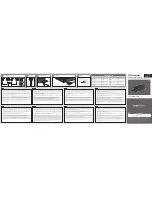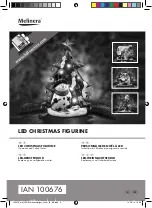
Remote Control Interfaces and Protocols
R&S
®
NRP Series
53
Getting Started 1419.0170.02 ─ 12
●
High performance as with raw socket network connections
●
Compatible IEEE 488.2 support for Message Exchange Protocol, Device
Clear, Serial Poll, Remote/Local, Trigger, and Service Request
●
Uses a single IANA registered port (4880), which simplifies the configuration
of firewalls
●
Supports simultaneous access of multiple users by providing versatile locking
mechanisms
●
Usable for IPv6 or IPv4 networks
The HiSLIP data is sent to the device using the "fire and forget" method
with immediate return. Opposed to VXI-11, where each operation is blocked
until a VXI-11 device handshake returns. Thus, a successful return of a
VISA operation such as
viWrite()
does not guarantee that the sensor
has finished (or even started) executing the requested command. It just
indicates that the command has been delivered to the TCP/IP buffers.
For more information see also the application note at:
http://www.rohde-schwarz.com/appnote/1MA208
.
7.2.4
Socket Communication
An alternative way for remote control of the software is to establish a simple
TCP/IP connection to the device using the standard network drivers of your oper-
ating system. The so-called "socket" on Linux, "winsock" on Windows. The socket
communication, also referred to as "raw Ethernet communication", does not nec-
essarily require a VISA installation on the remote controller side.
Socket connections are established on a specially defined port. The socket
address is a combination of the IP address or hostname of the sensor and the
number of the port configured for remote control. The power sensors use port
number 5025 for this purpose.
Ethernet Interface





































